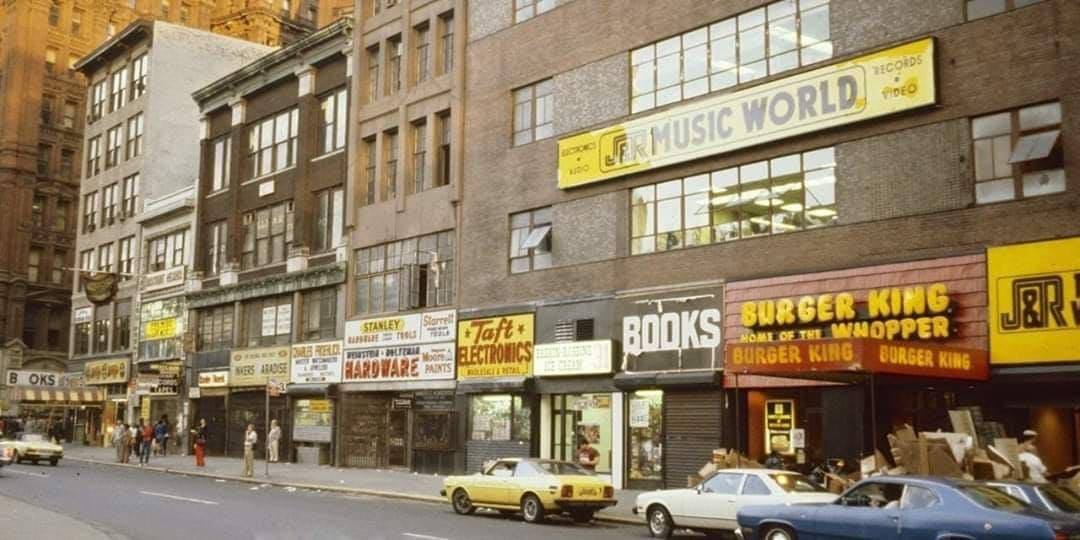New Fiction 2021 – February
“Time capsule found on the dead planet” by Margaret Atwood (2009)
I don’t even think they’d find a time capsule.
“The Street” by H.P. Lovecraft (1920)
Lovecraft can fuck off with his anti-immigrant shit. Foreigners are just more horrors for him to obsess over.
“The Crooked Man” by Charles Beaumont (1955)
I’m not sure of the intent here, though the prevailing opinion is that he wrote this for straight people to understand, as opposed to a warning to straight people. I guess I’m mired in a mood that makes me think it’s the latter.
The Left Hand of Destiny, Book One by J.G. Hertzler & Jeffrey Lang (2003)
This is Lord of the Rings but Star Trek. Epic quests, unbeatable foes, magical mind control and tons of action. I guess it’s faster-paced than that fantasy series, moves along quickly. Until…
The Left Hand of Destiny, Book Two by J.G. Hertzler & Jeffrey Lang (2003)
A novel that spends the first 25% or so on exposition and explanations for all the mysteries of the first book. But it picks up again and all in all, this is some well-written sci-fi melodrama. Best saved until after one has watched all of Deep Space Nine. The characters are far richer when you hear their voice and see their mannerisms as you read.
“Assembly Line” by Shu Ting (1992)
Bobbing heads in a row.
“Bride” by Maggie Smith (2020)
You are what you need.
“Words Heard, By Accident, Over The Phone” by Sylvia Plath (1962)
Assembled stories.
“Diving into the Wreck” by Adrienne Rich (1973)
The thing itself.
Saga of the Swamp Thing, Book One by Alan Moore, Stephen Bisette, John Totleben, Dan Day, Rick Veitch, Tatjana Wood, John Costanza, Todd Klein (1984-1987)
This book… or rather, these stories. It’s all familiar territory in a post-Vertigo world so the context of 1984-1987 matters. This all feels like Gaiman’s run on Sandman except this came before that and, as I understand it, Moore’s run on Swamp Thing really kicked things off. The tone is dark, moody, and contemplative, all of which speak to the depths of my soul. The art is amazing, and I wish I had the terminology to describe it but suffice to say so many panels could just be extracted and framed on a wall, and it gets better with each story. The horror element is also surprising but Moore chose the perfect character to express it. There are five more volumes of this and I intend to read them all.
Sayonara Wild Hearts dev. Simogo (2019)
I saw this on display many times at many conventions and shows, but I couldn’t comprehend what I was seeing amid the chaos. Now, in peace and in VR, I see. It’s an incredible achievement, a fusion of pop music and video game that is a music video given life.
Outer Wilds dev. Mobius Digital (2019)
I love the central conceit of The Outer Wilds just like I love it in Majora’s Mask and Minit, but did not expect the type of open physics-kissed exploration from Grow Up/Grow Home. My head is still in the stars over this game. The rumor map from Outer Wilds is the best version of a quest tracker in all of video games, and it’s even better because you’re so engrossed that it absolutely becomes a conspiracy wall, lines connecting thoughts and leads. I’m really just happy to still discover a sense of surprise and wonder in a video game after all these decades.
The Piano Lesson by August Wilson (1987)
Ghosts are real and I think we fail to recognize them in our search for the obstacles ahead.
“The Legend of Beavis” dir. KhalidSMShahin (2021)
This is perfect. The painstaking effort to make something like this for the YouTube masses…
Psycho Goreman dir. Steven Kostanski (2021)
I heard it best described as a College Humor skit stretched out to full-length feature and that about covers it.
Judas and the Black Messiah dir. Shaka King (2021)
A tough but interesting watch. We live under a specter of assassination in our names. Dominique Fishback and Daniel Kaluuya were the heart.
Willy’s Wonderland dir. Kevin Lewis (2021)
A seminal entry in the Nic Cage film genre of the early 21st century.
Minari dir. Lee Isaac Chung (2020)
Minari’s family has no one but themselves. The movie says “this family has chosen to struggle this way as a means to survive.”
Nomadland dir. Chloé Zhao (2020)
Meanwhile, this movie seemed to glorify poverty a bit, the freedom that comes with not having a house. It’s a POV for sure and can be a valid life choice, but I got hung up on its detachment from the struggles of a life in poverty. And then I read about the director as a child of wealthy business owners and couldn’t help but compare this director’s background to that of Minari’s. This character has a support network that will support her even if she prefers not to accept their support. Nomadland seems to say “this character has chosen to struggle this way as a means to discover herself.”
The Simpsons – “Mr. Spritz Goes to Washington” dir. Lance Kramer (2003)
The cynicism of this show somehow still results in a positive outcome, because sitcom.
The Simpsons – “C.E. D’oh” dir. Mike B. Anderson (2003)
And then there’s the message that an everyman can do worse than the overpaid and underworked CEOs than run things.
Fleabag – Series 1 & 2 (2016, 2019)
All I really knew about this show before getting into it was that it features a hot priest, and I recall thinking that is very much a Tumblr thing to observe. Having watched it all now, it’s a real gem and clever in its manipulation of the fourth wall. I’m also glad it’s not the kind of show to go on for years and years.
Undone (2019)
I like the rotoscoped style and its dwelling in the chasm between imaginary and real experiences, and what it even means for something to be real. Looking forward to the next season.




